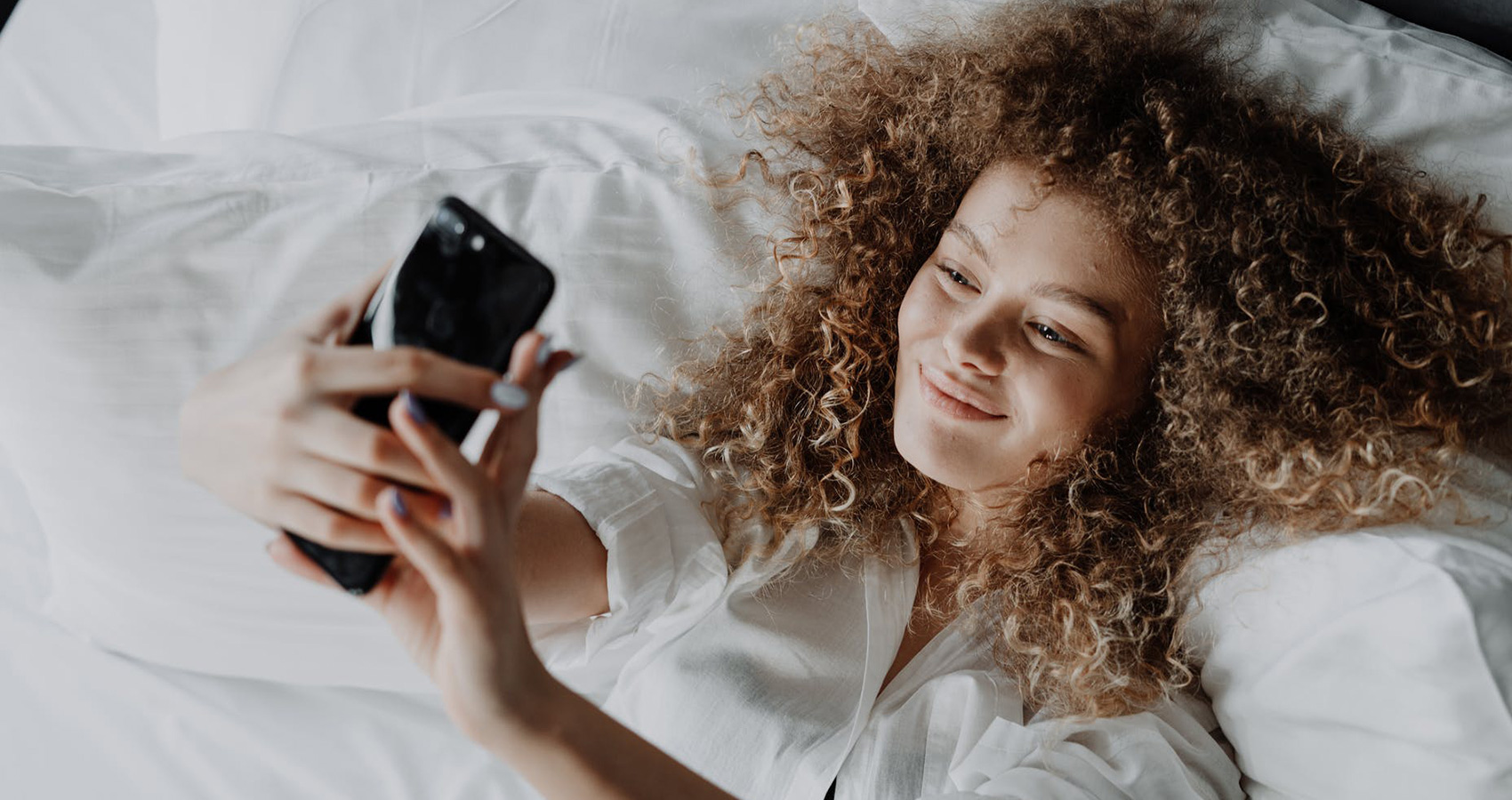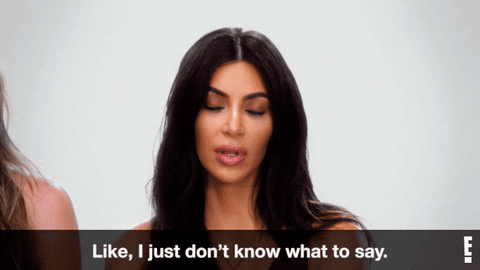
Instagram Beauty Filters Are Eurocentric
Because so are real beauty standards.
Julia Kong, a Burmese Chinese actor, admits that sometimes she prefers her look with a filter on and is disappointed after the filter’s removal. While this feeling is certainly familiar to many of us, it might become particularly painful and problematic for people of color. Why? Because virtual beauty filters, as actual beauty standards, are centered in Eurocentrism and made in the image of default white person.
The so-called “Instagram face” is checked off by clear skin, high cheekbones, catlike eyes, long lashes, a small nose, and full lips. As if this wasn't bad enough, filters also have the function to lighten the skin color and remove traditionally ethnic, non-white features such as big noses or slanted eyes. This is why technology sometimes doesn’t even acknowledge non-white looks, let alone beauty, as illustrated by facial recognition apps struggling to recognize Black faces.

On the other hand, filters on Instagram, Snapchat or TikTok colonize and fetishize ethnic features as an aesthetic. Commodified and exaggerated lip shapes or tan skin are designed for people who already fit into standards of beauty. This is an example of cultural appropriation, similarly to the so-called Kardashian effect and fox-eye trend, all promoted on social media by their inseparable filters.
Lauren Rhue, an assistant professor of information systems, theorizes that there hasn’t been enough push for racial training at Big Tech companies, that’s why the filters still impose Eurocentric and white beauty trends. And she poses a twofold question – how to upgrade beauty filters and why do we even need them at all?
Unfortunately, they don’t seem to go away that easily. But we can use them to explore the intersection of reality and virtuality and their impact on self-image and beauty standards. We can’t control social media, but we can (or at least should) control ourselves.
Up Next, Could This Be The End For The Birth Of Beauty Trends?











